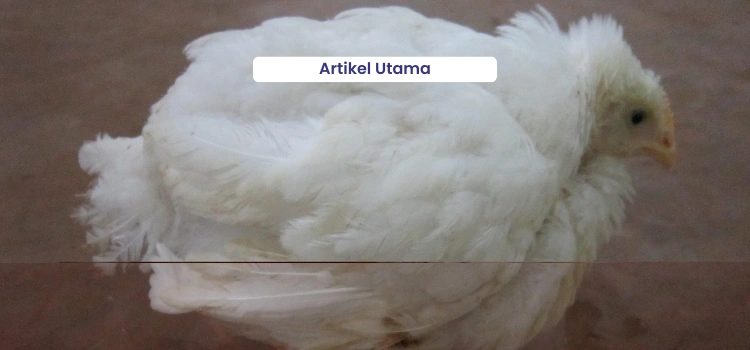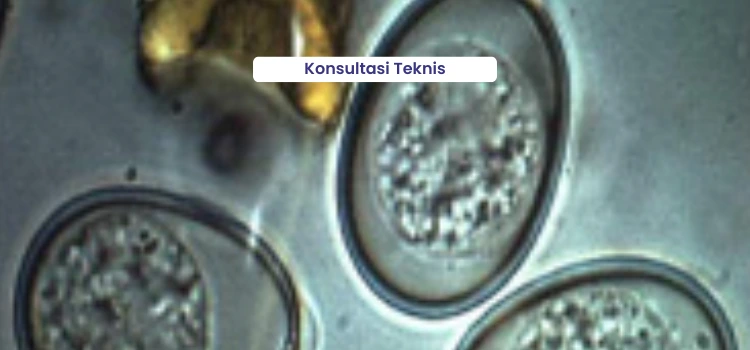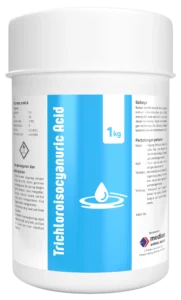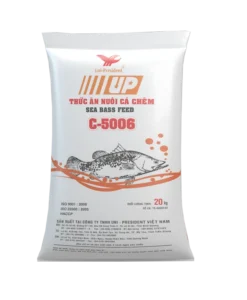System maintenance closed house it is the dream of all farmers by providing convenience and sophistication of equipment. But all that would not be quite perfect if not supported by management biosecurity and the optimal vaccination. Although using the system closed bisa house potential spread of disease seeds if sanitation, preparation of cages to biosecurity not optimally done.
As we already know, the application biosecurity become an important element in order to prevent the attack of various diseases. Three important points in principle biosecurity namely isolation or preventing disease transmission by separation, controlling human/officer traffic, livestock or equipment entering the area farm. As well as sanitation and disinfection.
Importance Of Application Biosecurity 3 zones
In the era free AGP, where the use of antibiotics only for treatment, it is necessary to optimize the implementation biosecurity Strictly and procurement of 3 zones. Alfred Kompudu dari National Technical Advisor FAO mengemukakan bahwa konsep biosecurity these three zones have proven to reduce antibiotic use by 40% and reduce disinfectant use by 30% (Infovet, July 2019).
- Red zone or dirty zone that is in the area outside the farm that is the boundary between the contaminant area and the farm. For example DOC reception location, reception location such as chicken/egg buyers, technical service, as well as other visitors such as neighbors or other breeders. In this area the possibility of contamination of disease seeds is very much.

- The yellow zone is a transition zone or transition between dirty (red) and clean (green) areas. This Area is only restricted to essential vehicles such as ration trucks, DOC/pullet, and eggs. Access is only reserved for workers stables, storage locations egg tray- a clean egg case. People who come from the red zone and enter this zone should be disinfected, bathe (if necessary) as well as change into special clothing/uniforms including footwear.
- Green Zone is a clean zone which is an area that must be protected from possible contamination contamination/disease transmission. This Area is a stable where cattle live. Only cage workers can enter the green zone. To get into this territory, workers must use special green zone footwear. Vehicles must not enter this zone. Likewise with visitors, unless there is a special interest, such as vaccination personnel (vaccinators) or technical service those who want to control the health of our chickens can enter this zone after following the appropriate procedures applied.
Key Key Points Of Success Of The System Biosecurity
The basic key application biosecurity in poultry farms including :
- Limit guests visiting farm. Record all visitors allowed to visit farm such as parties who have special interests, such as vaccinators or technical service (TS) who want to control the health of chickens.
- TS or expert technicians must visit the young age of the cage flock before going to the old age flock. If you visit some areas farm in one day, visit farm with a young age began the morning, then visit farm others in order of age. It is better if the breeder or cage officer has visited the flock of chicken coops attacked by the disease then it should not visit healthy chicken coops to avoid the spread of disease to healthy chickens.
- Optimal cage can apply the system all in all out or one age farming (one-age maintenance system).
- If buying equipment cages or get from other farms must first be cleaned and disinfected thoroughly before use on farm the.
- Guest vehicles that will enter the area farm it must be sprayed and the wheel must pass through a tub filled with disinfectant.
- More ideal if before officers / guests enter the cage need to wash their hands using soap, shower, use a special cage clothes, as well as using footwear (sandals/boots specifically to enter the cage.
- Provides a means of foot dip and body spray using Antisep or Medisep for Cage officers before entering each cage.
- Secure the cage from the disturbance of wild animals such as mice, flies, ticks, mites, beetles, and other insects.
One of the important things that support kerberhasilan biosecurity this is a sanitation and disinfection program. The key to optimal sanitation is basically thorough cleaning. The disinfectant will later help in deactivating the rest of the organic matter (feces, mucous exudate etc.) which is kind of late in sanitation. The following points are the basic treatment of optimal sanitation and disinfection
- Sick/dead chickens can be a source of dangerous diseases for adjacent healthy chickens. Therefore, sick chickens should be immediately removed and separated from healthy chicken coops so that they do not infect healthy chickens. Meanwhile, dead chickens (chicken carcasses) must be immediately burned in an insenator (a special place for burning) or buried in the ground.
- At the end of the rearing period, harvest immediately all the chickens.
- Eradicating flies, beetles, ticks Franky and other insects with insecticides. To get rid of flies, you can use products Larvatox, Flytox and Delatrin.
- Exterminate rats that often roam in cages and feed sheds.
- Cleaning, washing and spraying cages and cage equipment using disinfectants after harvest/reject. When the cage conditions are dirty, the concentration of disease seeds is still high and the chance of chickens in the next period of disease will be greater. On the cage closed house pay particular attention to less visible places such as air inlets, fan boxes and the top of the enclosure walls.
- Clean up feed spills as soon as possible, even more so if the conditions are wet. Repair the place of drinking water pipes that are leaking.
- Wash the ration and drinking place regularly 2 times a day, and disinfected by soaking (not just wiped) in Medisep (15 ml per 10 liters of water), Zaldes (6 ml per 1 liter of water), or Neo Antisep (9 ml per 5 liters of water).
- Removable utensils are first cleaned with detergent (or if necessary a descaling remover) and then thoroughly disinfected.
- Dry clean all appliances (eg. electrical appliances) that cannot be washed directly and close immediately to protect them from dust.
- Dirty water from the residual washing of the cage or equipment is directly drained out of the cage through the gutter so that it does not stagnate around the cage or the entrance to the cage. Make sure the water drain is smooth and not clogged.
- There should be no standing water around the enclosure and each farm should have an adequate drainage system that meets local environmental requirements.
- Pay attention also when cleaning the inside and outside of the curtain, the floor of the cage to the ceiling of the roof.
- The system control machine should also be cleaned by wiping with a damp cloth. Use blower air or try good air circulation in the engine control room.
- Drain the drinking water pipe system and tank. Should flushing performed regularly at least 1 month. Because of the duration of H₂O₂ immersion, especially on farms that provide drinking water using a semi-automatic or automatic drinking system, this H₂O₂ use program can only be done when the cage is empty. Or if not, can use other materials such as citric acid with a dose of 1.5-2 grams/liter, then allowed to stand for 1 hour (Tsai, 2003).
- We should also conduct routine Control (2 weeks or 1 month) or ask other employees to audit biosecurity with filling form checklist.
- Disinfection litter/ husk before being spread in a cage to eradicate the seeds of the disease if there is attached to litter such. Types of disinfectants that can be used are Formades.
Biosecurity is a way to prevent the attack of disease seeds from outside the chicken body by minimizing disease seeds in the environment of farmers and cages. So, do not be taken lightly because if the breeder caught off guard and ignore biosecurity then various kinds of disease threats can come at any time. May be useful.










